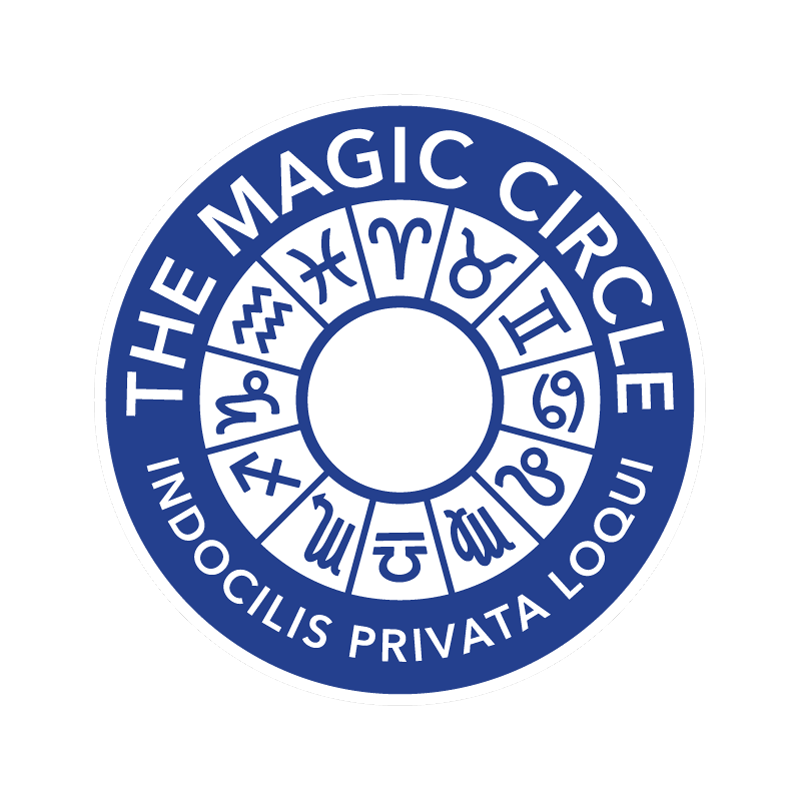Getting Things Done

Getting Things Done (GTD) is the name of the book and productivity system designed by David Allen. It has a huge following. Over 1.6 million copies save been sold, and there are plenty of websites and You Tube videos devoted to it.
It is flexible, based on an approach rather than a rigid system. You can implement it with pen and paper or the latest electronic apparatus. There are Apps. You can integrate it with other approaches such as Bullet Journaling, too, if you wish.
The system won’t reduce the amount of work you have to do (although it might warn you when you are in danger of taking on too much).
What it will do is reduce the stress you may feel about work, freeing you up to be more productive.
Also, David Allen doies agreat line in aphorisms.
Martial arts people fight four people at a time by fighting one at a time.
A Core Idea
Allen argues that our unconscious mind is always tracking ‘loops’, which he defines as anything ‘pulling at your attention’. When something is unfinished, he calls it an ‘open loop’ and it is a potential for causing stress.
Most of us have far more commitments (open loops) than we may be aware of. Every email that arrives we must deal with; projects that are our responsibility at work; social and family life. Everything from wondering about the environment to hiring a new assistant to booking an appointment at the dentist’s is a commitment. We must do something about each and every one of them.
He believes that most stress comes from not managing these commitments appropriately.
He suggests the way forward is to identify our commitments and then decide how to deal with them effectively.
The book then goes on to explain just how to do that. Below I outline key strands to his approach.
Three Keys to Stress Free Productivity
“Your mind is for having ideas, not holding them”
Allen want us to get these unfinished loops out of our heads. He says we should be using our minds to create solutions, not fretting about what we should be doing, where and when.
Early on he provides his definition of a project. Any task that requires more than one action step is a project. So, quite small things become projects. Why? Because if one action doesn’t complete the job then you need some sort of a marker to remind you that there’s something left to do.
“You don’t actually do a project; you can only take action steps related to it.”
When you start the GTD process you create a list of every project in your life. Believe me, it takes some time and it is astonishing just how many balls we are all juggling. You keep a separate page for each one.
You also have a master list of all your projects. This is useful if you are considering taking on something additional. You can consult your master list and decide whether realistically you can take on the commitment.
“How much does it take to a good idea? Zero. You don’t need time. You need room in your head.”
Next you need to commit to using a calendar. This is crucial to the approach. You are going to use it to record any action that must be done at a specific day or time. Sometimes this are imposed on you (your boss sets the meeting time) and others it’s your decision to do something at a certain time or at some point on specific day.
The next key is The Weekly Review. This is at the heart of the system. Each week you set aside time to review everything that might require action: your open loops. You go through all your projects and see what the next action is. You then allocate each action a time and space on your calendar.
And that’s the magic.
“You can only feel good about what you’re not doing when you know what it is.”
Because if you are following the system you can relax in the full knowledge that every one of your projects is under control. You know what you must do next. You can rest assured that the time to do it has been allotted and it’s on your calendar. So, your mind is empty of any vague uneasy caused by juggling so many projects in your head You know that each and everyone is being monitored and that the nest step has its place securely marked on your calendar.
That’s a very brief intro to GTD, picking out the key elements that I found transformed my productivity. In fact, there is much, much more in the book.
“A to-do list is a list of uncompleted things”
For example, there are no ‘To Do’ lists in GTD. Counter-intuitive, I know, but the system obviates their need.
If you want to find out more here are some useful websites. Or simply Google it.
Wikipedia – Getting Things Done
Getting Things Done – Animated Video



You must be logged in to post a comment.